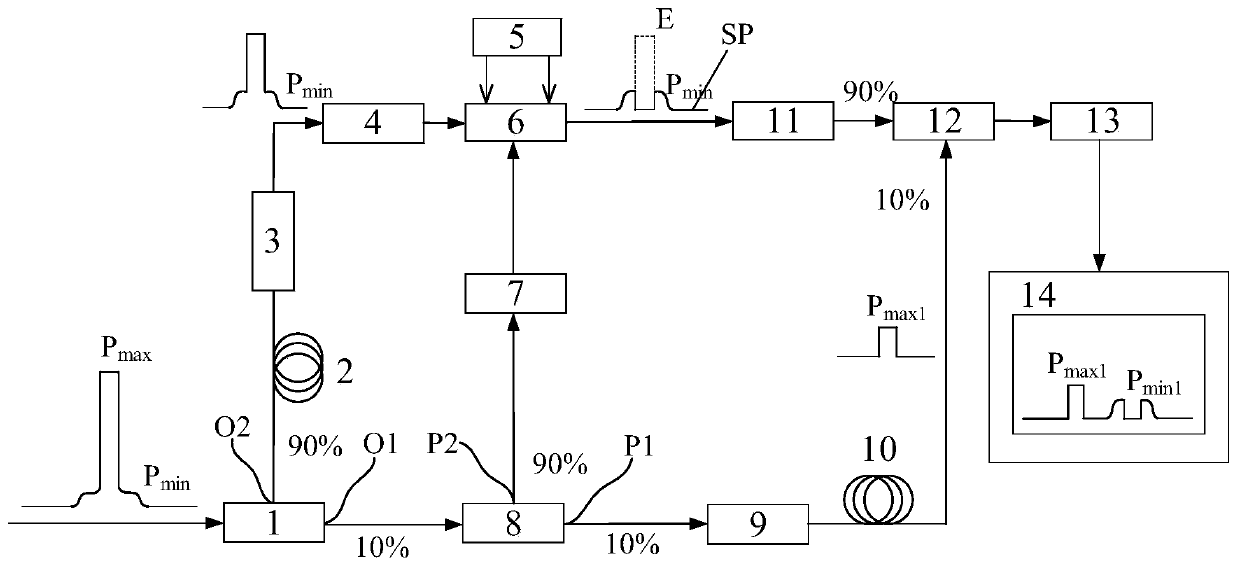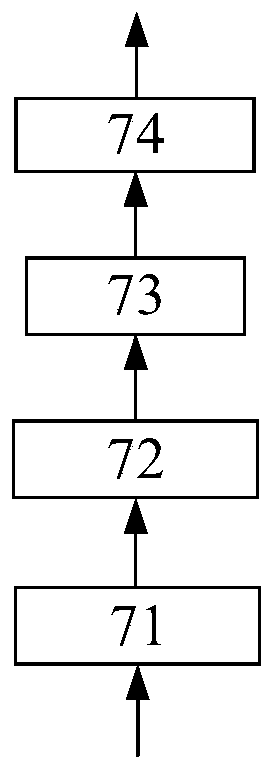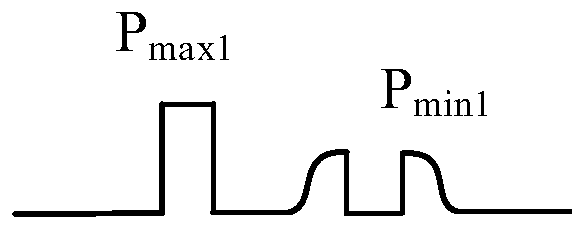Pulse laser signal-to-noise ratio detection device
A pulsed laser and detection device technology, applied in the direction of instruments, etc., can solve the problem that the detection range of signal-to-noise ratio cannot exceed 30dB, and achieve the effects of large dynamic detection range, accurate and reliable processing, and high signal-to-noise ratio
- Summary
- Abstract
- Description
- Claims
- Application Information
AI Technical Summary
Problems solved by technology
Method used
Image
Examples
Embodiment Construction
[0032] The present invention will be described in detail below in conjunction with the accompanying drawings and embodiments. This embodiment is carried out on the premise of the technical solution of the present invention, and detailed implementation and specific operation process are given, but the protection scope of the present invention is not limited to the following embodiments.
[0033] figure 1 It is a structural schematic diagram of the pulse laser signal-to-noise ratio detection device of the present invention, and the pulse laser signal-to-noise ratio detection device of the present invention is used to detect the signal-to-noise ratio of a nanosecond-level single pulse laser signal. The following is an embodiment of the pulse laser signal-to-noise ratio detection device of the present invention.
[0034] In this embodiment, a first optical fiber splitter 1, a delay optical fiber 2, an adjustable delayer 3, a polarization controller 4, a pulse bias generator 5, a ...
PUM
 Login to View More
Login to View More Abstract
Description
Claims
Application Information
 Login to View More
Login to View More - R&D
- Intellectual Property
- Life Sciences
- Materials
- Tech Scout
- Unparalleled Data Quality
- Higher Quality Content
- 60% Fewer Hallucinations
Browse by: Latest US Patents, China's latest patents, Technical Efficacy Thesaurus, Application Domain, Technology Topic, Popular Technical Reports.
© 2025 PatSnap. All rights reserved.Legal|Privacy policy|Modern Slavery Act Transparency Statement|Sitemap|About US| Contact US: help@patsnap.com



